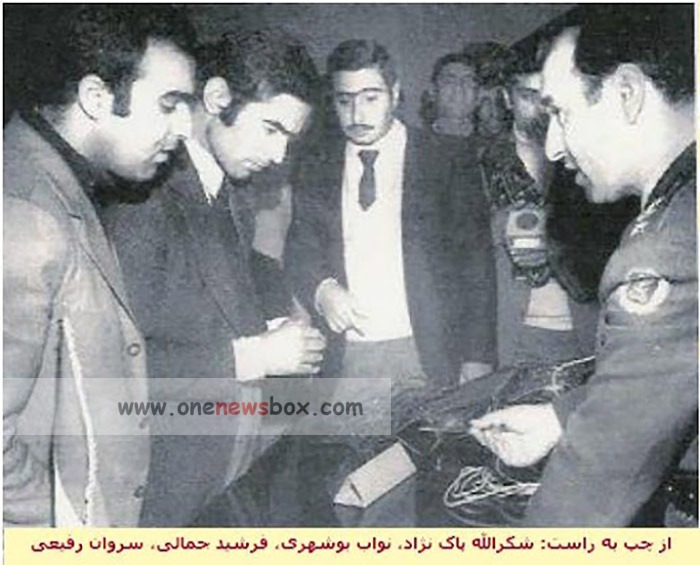Paknejad’s story is a testament to the resilience of those who fight against oppression, even in the face of severe repression. His writings, speeches, and actions continue to inspire activists seeking democratic and socialist alternatives in Iran and beyond.
Despite his tragic execution, Paknejad remains a symbol of resistance against both monarchy and theocratic rule. His life serves as a reminder of the sacrifices made by countless revolutionaries in the pursuit of justice and equality. As historians and political analysts continue to study Iran’s revolutionary movements, Paknejad’s role remains a crucial part of the narrative of resistance against tyranny.
Shokrollah Paknejad’s Defenses
According to Leila Faghfouri Azar and Shahin Nasiri: In the 1950s, Paknejad’s defenses gained unparalleled fame in Iran and internationally. The importance of these defenses can be traced to at least five elements: First, Paknejad’s defenses were the first defenses of an Iranian political prisoner to be translated into various languages, thereby gaining unprecedented international recognition. Second, these defenses clearly and explicitly reflected the socio-political outlook of a new generation of Iranian leftist fighters, and perhaps this text can be considered a manifesto of the new and independent Iranian left. As Paknejad states in these defenses, the independent Iranian left was neither affiliated with the Tudeh Party nor influenced by the political lines of China and the Soviet Union.

